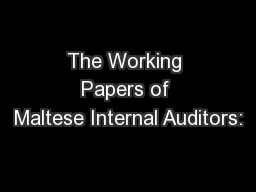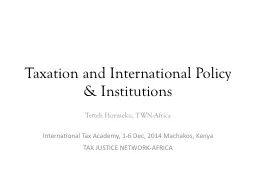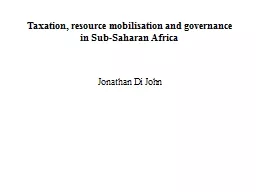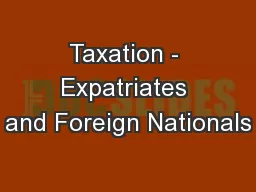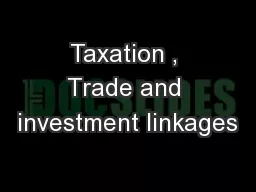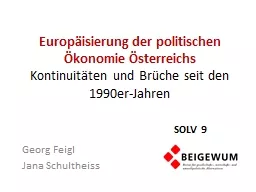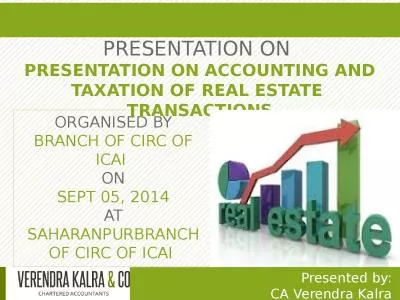PDF-Taxation Papers are written by the staff of the Europ
Author : min-jolicoeur | Published Date : 2015-06-03
Taxation Papers are intended to increase awareness of the work bei ng done by the staff and to seek comments and suggestions for further analyses The views expressed
Presentation Embed Code
Download Presentation
Download Presentation The PPT/PDF document "Taxation Papers are written by the staff..." is the property of its rightful owner. Permission is granted to download and print the materials on this website for personal, non-commercial use only, and to display it on your personal computer provided you do not modify the materials and that you retain all copyright notices contained in the materials. By downloading content from our website, you accept the terms of this agreement.
Taxation Papers are written by the staff of the Europ: Transcript
Download Rules Of Document
"Taxation Papers are written by the staff of the Europ"The content belongs to its owner. You may download and print it for personal use, without modification, and keep all copyright notices. By downloading, you agree to these terms.
Related Documents




